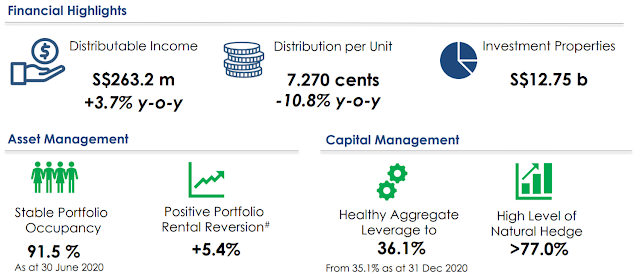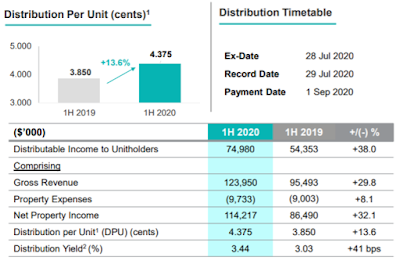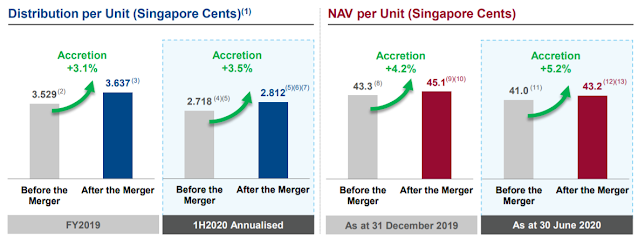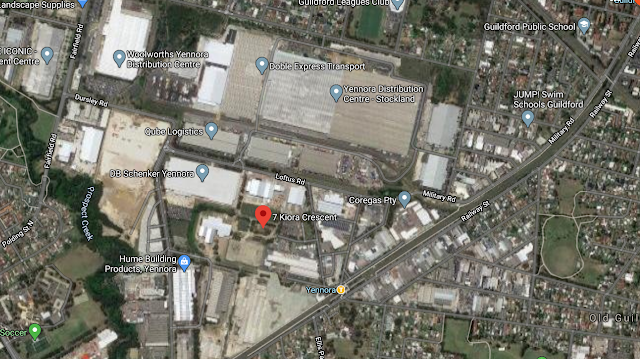The airline industry has been one of the most badly hit by the Covid-19 pandemic as international air travel ground to a halt. Even as there are green shoots of recovery in the economy and green lanes are opening up, air travel is still >90% down from pre-Covid levels. In light of this, investors have been reconsidering their stakes in the industry. I recently read an article about the recovery in the airline industry being unequal and would like to give my take on the points mentioned. Generally, it argued that the characteristics of low-cost carriers ('LCCs') would allow it to recover faster than full-service carriers.
1. LCCs serve point-to-point destinations
Direct flights reduce the number of points of contact during travel and could give passengers greater peace of mind when travelling. We have seen pictures and videos circulating around of passengers in full PPE suits in airports and this further highlights the concerns passengers have about being locked up with strangers in a flying metal box for a few hours. LCC typically serve direct flights vs full-service carriers like SIA, which operate more of a hub and spoke model.
 |
| Passengers at Changi Airport ready with PPE |
2. LCCs operate regional flights
Operating regional flights could be a plus in this case as passengers would want to reduce the time spent in an aeroplane. Such flights are closer and are within the tolerable risk perception of travellers. Additionally, the recession brought about by Covid-19 could lead households to tighten purse strings and opt for regional destinations. LCCs that operate in countries with domestic travel should start to see shoots of recovery with governments pushing hard to boost domestic tourism.
3. LCCs serve leisure travellers
The profile of passengers for LCCs tends to be leisure travellers as their price-sensitive nature is met with competitive prices from LCCs. On this front, I'm not sure if this is positive or negative for LCCs. On one hand, corporate travel is likely to be cut back with weakening profitability whereas leisure travel is always likely to be around due to an intrinsic nature to explore new places. On the flip side, corporate travel is many times more likely to be classified as 'essential travel' that can restart sooner.
Additional points of consideration would be survivability. Full-service carriers with strong backing from governments should have much better support during these times and are less likely to fall into financial ruin. This is evidenced by SIA's S$8.8bn rights issue supported by Temasek. The longer the pandemic drags on, the less likely non-government-backed LCCs can survive.






















